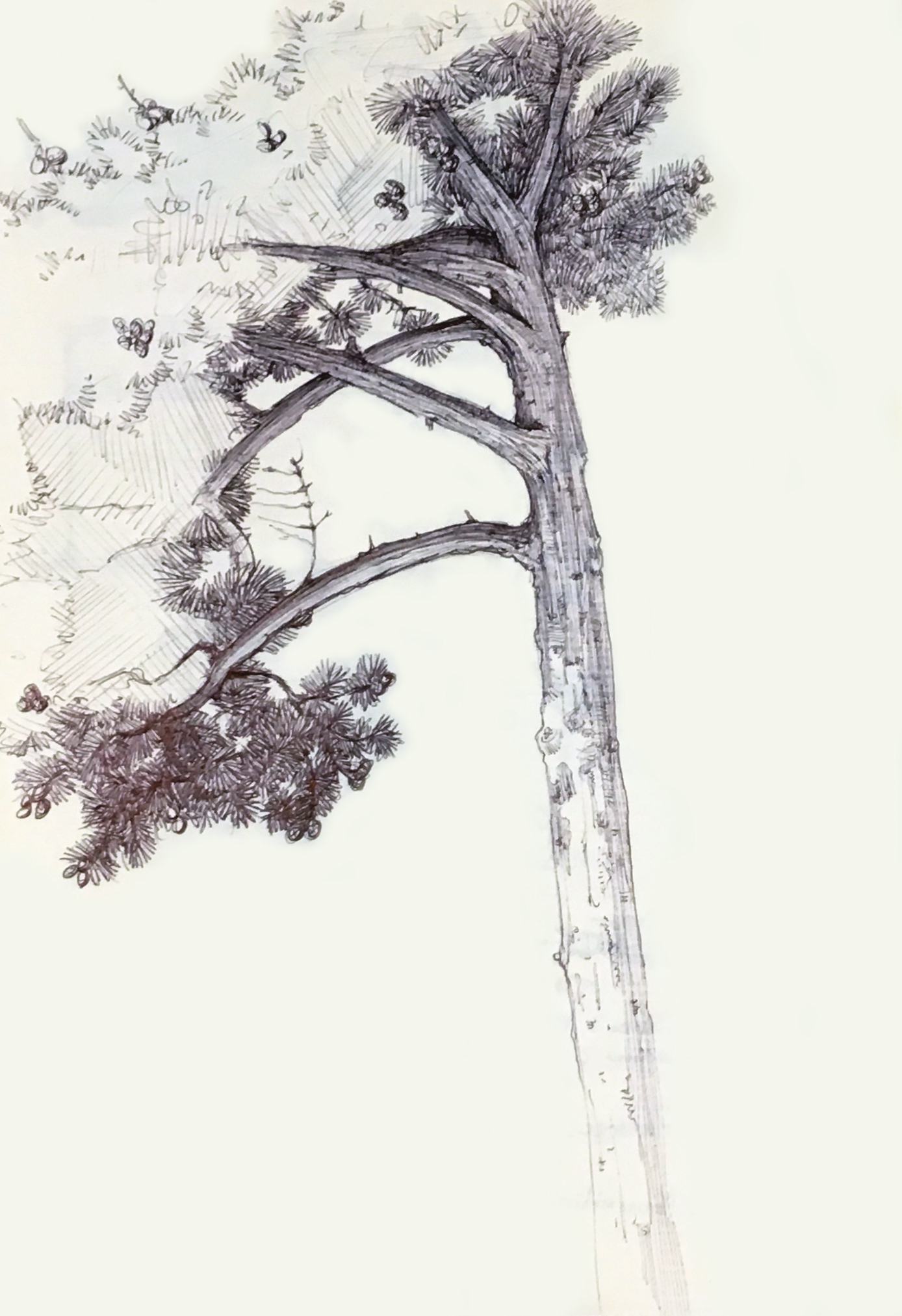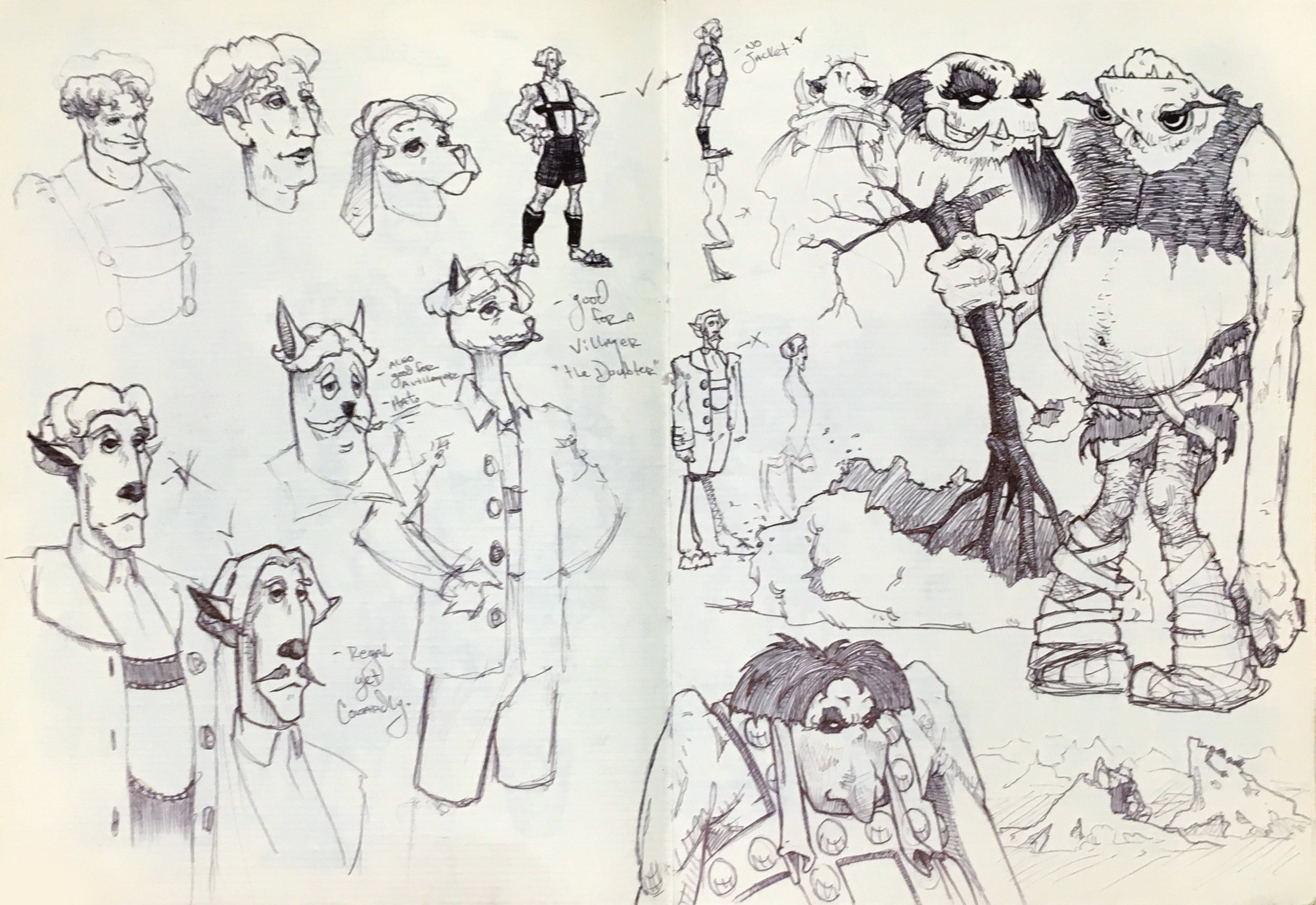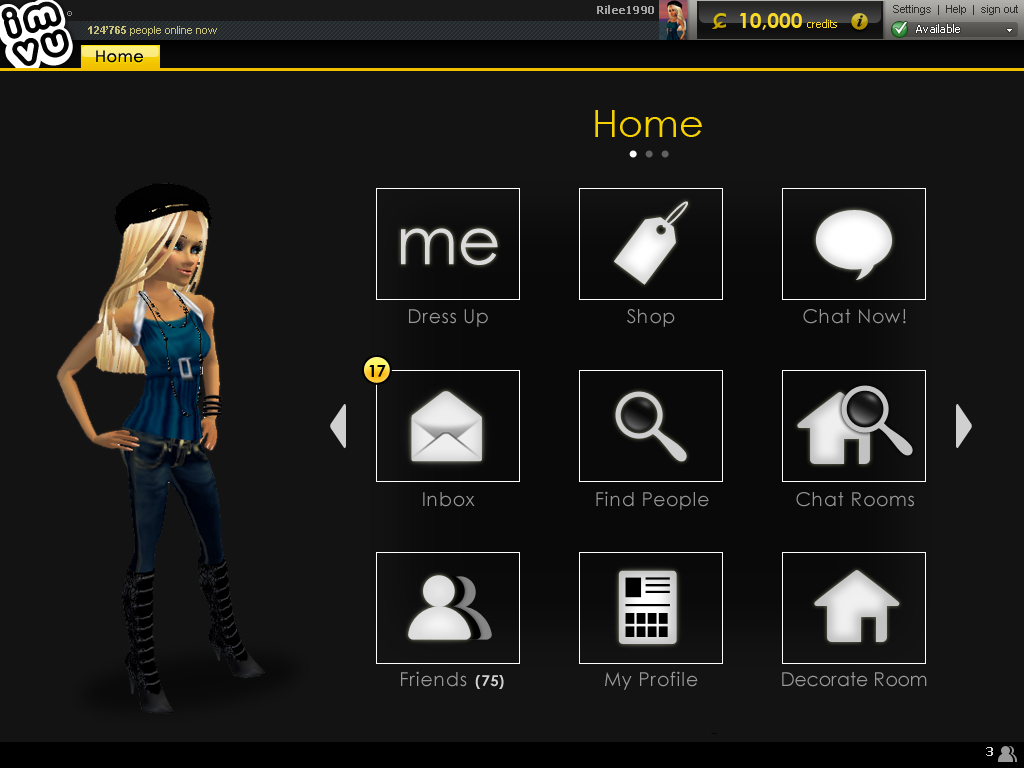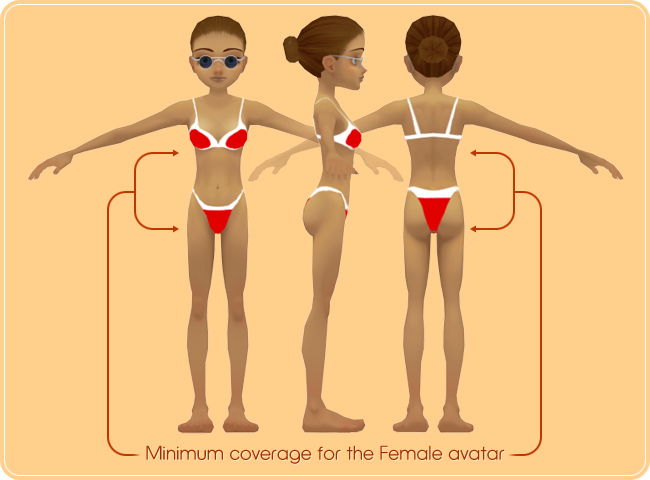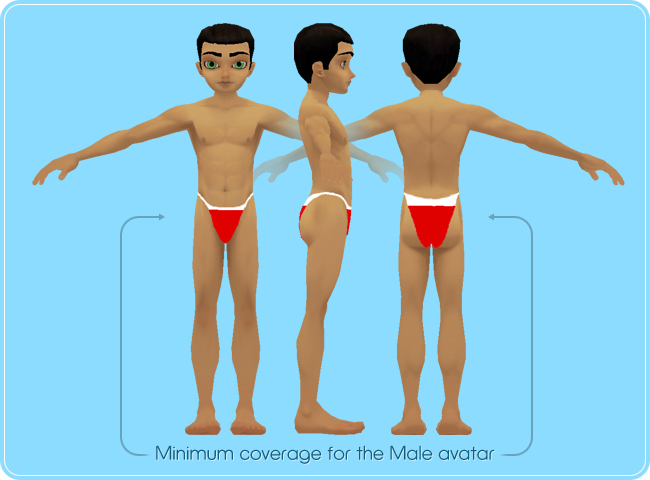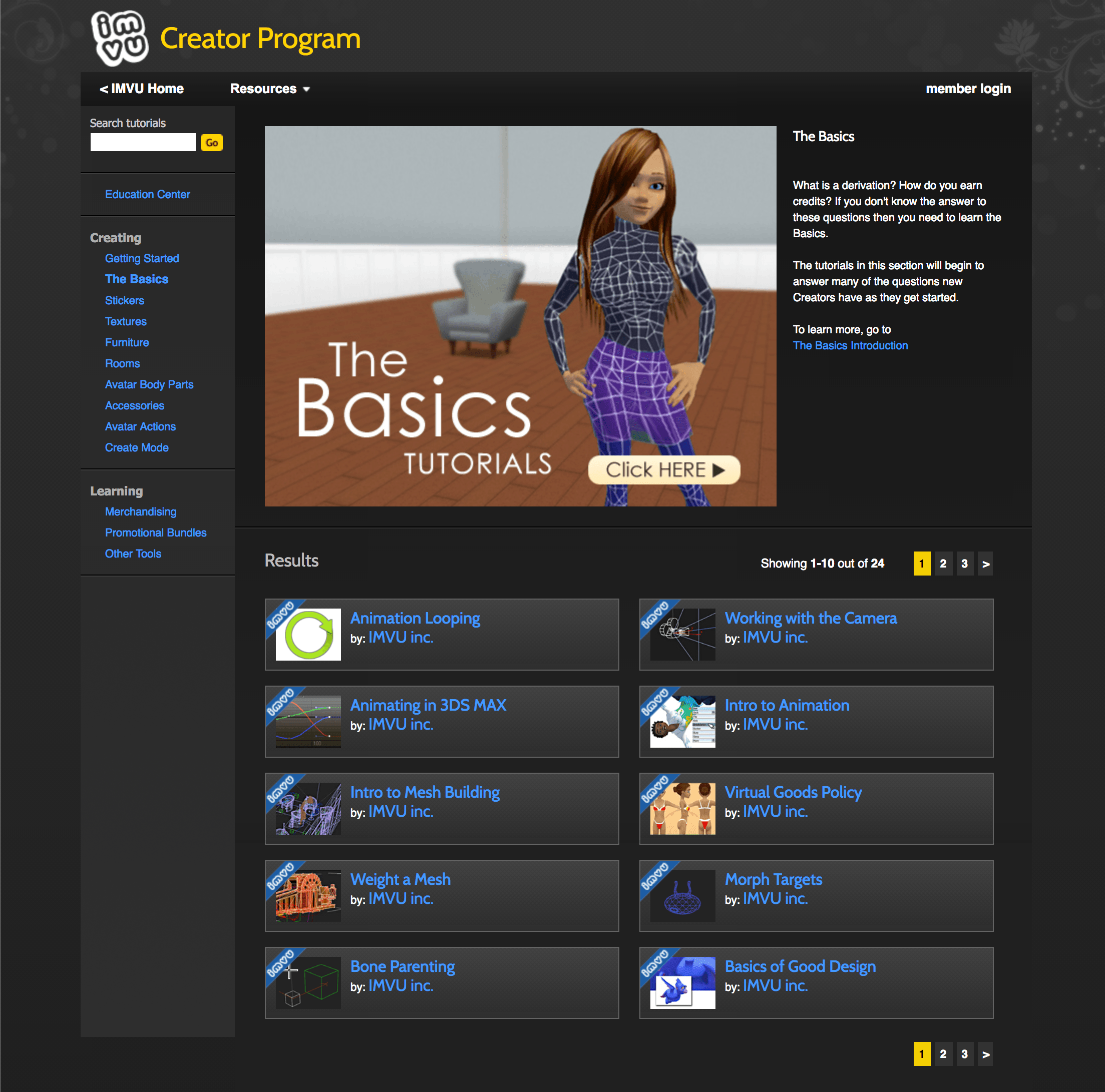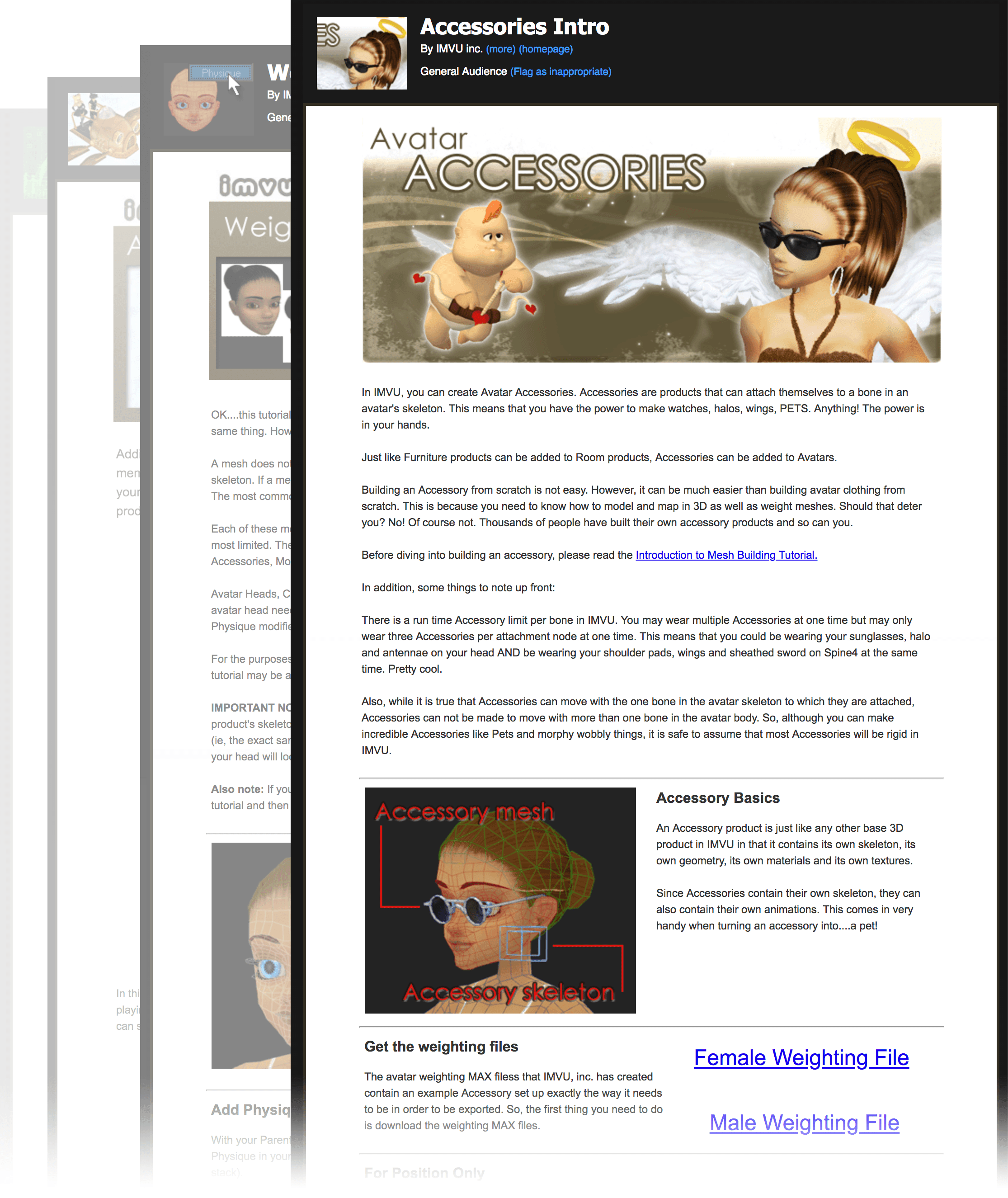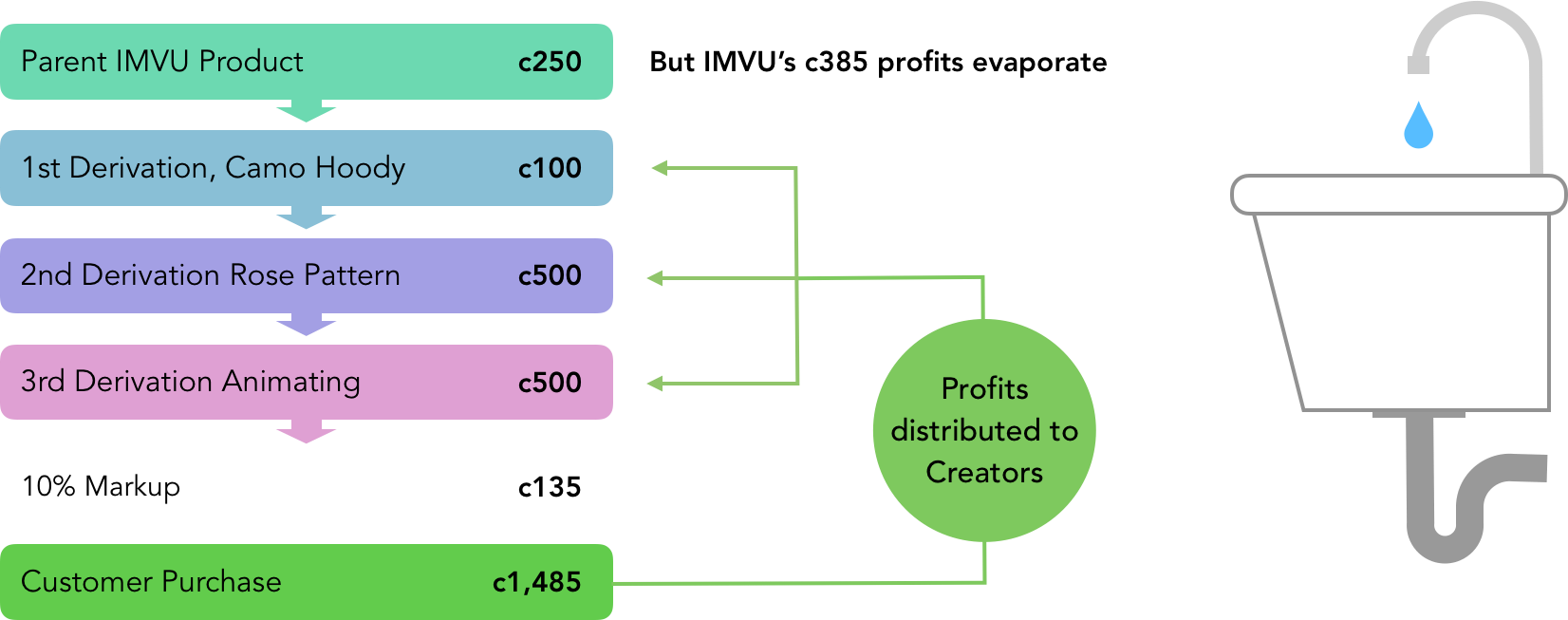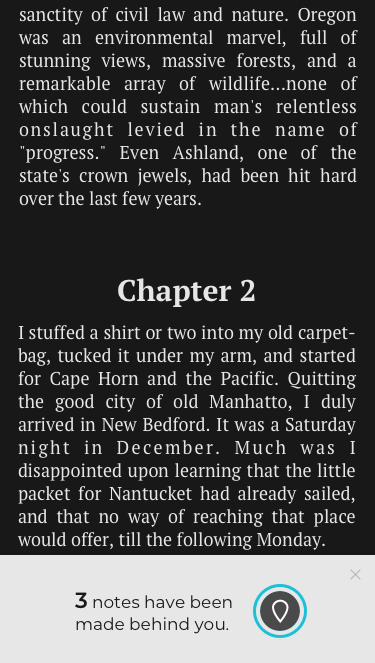The Blueberry Curse Children's Book
Writing | Illustration | Layout | Testing | Hustle
SEPTEMBER 2003 ....... MAY 2009
Shameless promotion: get The Blueberry Curse on Amazon.
Talk about a labor of love! In between starting this book and finishing it, I took several years to start a family and a technology company. However, my research told me I had something special so I hunkered down at night and on weekends to wrap it up and get it published.
I had a hysterical dream about a guy with blueberry goo gushing from his nose and just had to draw it out. I'm a huge fan of picture & children's books and always wanted to make my own. During my research over the years, it was clear that most books for children resolve the main problem presented in the book. This makes sense, of course, as young childrens' short attention spans crave completion. However, my cynical side took a bird's eye look at the arc of my childhood where almost all age-appropriate entertainment dealt with conflict resolution. Movies. Sitcoms. 'Resolution in 24 minutes!'
HypothesEs
That was enough to give me a mission: would a children's book that specifically did NOT resolve its' main conflict still resonate with children? If it resonated at all, would it be the same as, worse than, or better than books that did resolve their main conflict? If an author had attempted to make a young ME care about such a story, the art would have to look amazing and/or the story would need to be gross...so I took a shot at a mashup of both!
When I was a kid, the books that most appealed to me had really high illustration standards. I didn't have space for a full studio, so I resigned myself to creating the book art digitally. Therefore, a secondary goal of mine was for the work to look like vibrant oil paintings, not the standard digital work of the time.
Getting Started
I figured you might find my process interesting as it is similar to how I approach product design.
First things first: I got the general ideas down on paper before they evaporated. I wanted to stay true to what I saw in the dream: a singer who was prevented from doing what he loved by an uncaring outside force.
Next, I chose general dimensions and pulled together super rough sketches of what each spread might look like. Although I intended to add a written story throughout the book, I wanted the story to make sense based on the pictures alone. With a decent sense of where I wanted the story to go, I pushed on color. Since the story revolved around purple goo, I wanted the palette of the book to help that purple goo stand out. The goo is kind of its own character.
Research round one
Once I had a first pass of the copy and sketches good enough to get believable feedback, I read the book to five children. Remarkable! Each of them lost interest at the same spot. Two told me that they were confused by my "grown up words", two thought the "words don't bounce right", and four of them just didn't care about my main character. So, I corrected based on what I'd learned and did the same kind of test with new children: better! Sure, they lost interest but at a later spot. I followed this back and forth with several rounds of children until I had a story that was worth telling to them BEFORE going deep on highly polished art. Once I had my story, it was time to make the actual book.
Size
While I originally thought my "wide screen" image sizes would be a problem, it turns out that most printers have templates that can easily accommodate any size.
That first page
With my first batch of user testing behind me, I was excited to pull the first page together. My classical training took over and I started painting it all out.
Now, do the same thing for thirteen more spreads... Wow! What a slog!!
Have a baby
In between my beginning this project and finishing it, we had two children and I co-founded a startup! So, the Blueberry Curse had to go on the back burner for a while. It was always on my mind, though, and I came back to it in earnest once I knew my startup and my kids were in good shape. I wrapped up the rest of the spreads and was ready to test. Here are some examples.
Research round two
Now that I had beautiful art under my belt, I printed out an initial version of the book and began testing again. The first reactions were positive but there were still hiccups with language cadence. I ran another few rounds focusing on the language before testing revealed that I was missing two pages: an establishing shot ("Where is the bard? Why is there snow on the ground?") and a summary shot ("What happened to the blueberry king?")
Final two pages
Research round three
The audience for THIS round of tests was rapt and asked when they could buy it. The two new pages clinched it! Yaaaaaaayyyy!!!! So, it was time to package it all up and get it printed.
Something Special
What a labor of love! Sure, I made enough money to pay for the project but It's the best feeling to hear from people about the positive impact my little book has made on their lives. Parents whose little one lost their copy and NEED NEED NEED a new one; victims of natural disasters who wanted to rebuild their library; families whose dog-eared copies can no longer be shared from friend to friend. It is read over and over and over...and kids LOVE it! Woohoo!
I have learned without a doubt that not resolving a story's main conflict will and does resonate with children.
Oh, the shame!: get The Blueberry Curse on Amazon.







































































































